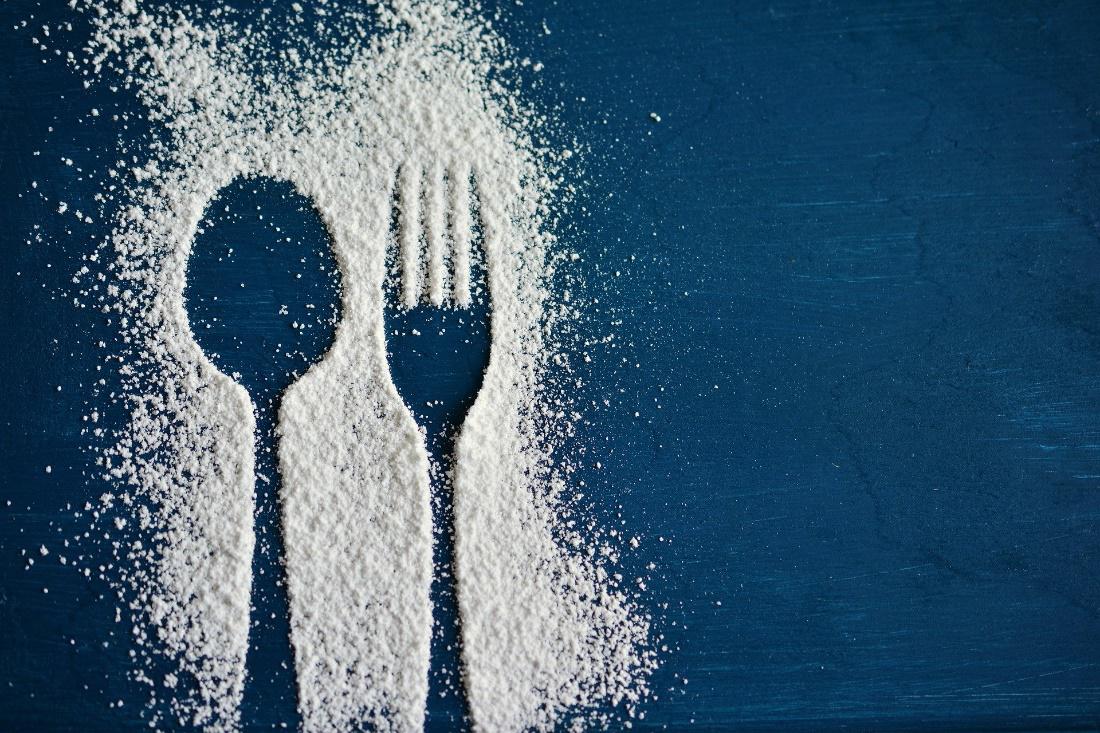
No, That’s Not Gluten-Free
Gluten is a lot sneakier than we thought.
So you’ve been told to go gluten-free for your health. Great! Just avoid all things bread or bakery, and you’ll be set. Right?
Wrong.
Unfortunately, gluten is a highly sneaky little elastic protein that knows how to get into the last places you’d expect. Given that the amount of gluten in a single crouton is enough to make someone with celiac ill for days, this can be major bad news for someone eating gluten-free. Fear not! With some knowledge on label reading and a heads-up on some of the most surprising glutinous foods, you’ll do great.
Reading Labels
If you’re going on a gluten-free diet, label reading is now your new hobby. You’ll read labels everywhere. Pantry? Yup. Grocery aisle? Definitely. In a restaurant after asking politely to see the package? Most likely. Even the most well-meaning and gracious hosts may accidentally serve you gluten if you don’t remember to double-check.
Fortunately, while annoying, label reading is easy to learn. You’ll want to find the nutrition label on any packaged items and look for the list of ingredients. It’s generally located right underneath the nutrition facts–while you’re there, check out the nutrition too; even if it’s labeled gluten-free, it doesn’t mean it’s great for you–and you’re just going to check for things that contain gluten.
Only you have to remember, wheat isn’t the only gluten-containing grain out there; beyond that, the grains in question aren’t always referred to by their common names. Here are some things to keep in mind.
First, any mention of wheat, rye, barley, or triticale is an automatic no-go, just as a baseline. Those are the whole grains that carry the gluten protein.
Second, remember that wheat’s like a secret agent, changing its name whenever it suits the moment.
Keep an eagle eye out for the following aliases:
- wheat berries
- semolina
- spelled
- farina
- graham
- durum
- emmer
- faro
- Khorasan
- udon
- einkorn
Some of these are specific varieties of wheat; others are particular treatments. They all have gluten in spades. If they turn up on an ingredient list, but the food down and back away slowly.
Third, let’s add a few other ingredients directly related to our main culprits: malt vinegar (made from barley), hydrolyzed wheat protein, and wheat starch.
Fourth, some ingredients can be gluten-free–but only if the manufacturer was careful. If the product has a “Certified Gluten-Free” or an FDA “Gluten-Free” indicator on it, they’re safe. Otherwise, skip them to be safe:
- starch
- modified food starch
- hydrolyzed vegetable protein
- hydrolyzed plant protein
- texture vegetable protein
- dextrin
- maltodextrin
- glucose syrup
- caramel
- malt flavoring
- brown rice syrup
All this is a lot, but once you get into a rhythm, you’ll be able to check labels without thinking twice.
Given the symptoms you’re likely to relieve with your caution, it’s well worth your effort.
Surprise! It has gluten
All right. You have a long list of ingredients to look out for, but there are some foods you don’t need to check for gluten; they’re always fine.
I am only kidding. Gluten is sneaky, remember? So before swallowing these foods, ensure you got a gluten-free version.
Surely your morning coffee wouldn’t be so cruel as to be on the list, but alas, it’s true.
Fortunately, it’s not the coffee itself that’s the issue but the mix-ins. Whether it’s a pump of caramel at the coffee shop or a specially flavored instant coffee packet, there could be gluten lurking inside. Check the ingredients to make sure your drink is gluten-free, or keep it simple and stick with black!
Processed meats such as sausages, patties, or hot dogs that contain binders may contain gluten. Those binding ingredients that aren’t always gluten-free. Check before you eat.
You’ll also want to be careful buying slices at the deli counter; the slicers could be contaminated from use on gluten-containing products. Just ask the person working the counter if they have a dedicated gluten-free slicer to be on the safe side.
Soy sauce should also throw up a red flag. It’s often made with fermented wheat to go along with the soy. Worry not, though, as gluten-free versions are available–but be careful when eating out. Consider this a head’s up about any sauces in restaurants; you should always ask about gluten or check the package yourself.
Look out for canned soups, gravy, pudding, and salad dressings. These items are all usually thickened using a wheat-derived thickener, and that includes the powdered versions. Ask the chef or read the box!
Double check any pickled items you eat. Remember how malt vinegar is on that list of ingredients not to eat? Well, it’s often a pickling ingredient.
The good news here is that if you can’t find any gluten-free pickles at your local store, homemade ones are both delicious and simple to make. With some reading and imagination, you can create signature pickles that are always gluten-free.
Meat and fish substitutes are another one to be careful of. Whether it’s imitation crab or veggie burgers, you’re staring down the barrel of gluten-loaded binders again. If it feels meaty but contains no meat, it’s likely binders.
Fudge pops. This one hurts. While many ice creams are naturally gluten-free, fudge bars usually aren’t because they often contain malt extract. Maybe grab a tub of Ben & Jerry’s gluten-free ice cream for comfort instead.
Eggs are gluten-free, but omelets and scrambled eggs sometimes aren’t. This one mainly applies to eat out, whether at restaurants or the free hotel buffet. The trick to those wonderfully fluffy eggs is often adding a little bit of pancake batter to the mix, and that batter most likely wasn’t gluten-free.
This one is probably the most surprising, but your vitamins or even medications can contain gluten. Inform all your providers about your diagnosis and that you’re on a gluten-free diet, then ask them to check any medicine they prescribe you to ensure they’re gluten-free. Vitamins and other supplements need to undergo the same ingredient scrutiny as everything else you consume.
What’s the takeaway?
Eating gluten-free can look and be very overwhelming, but the main points are this:
- Read all your labels
- Yes, every label
- Don’t assume it doesn’t have gluten; just read the label
With time and some practice, you won’t have to carry a list of forbidden ingredients with you. You’ll find trustworthy brands that you love. Shopping will return to its typical levels of ease. And you’ll know that every minute of hard work and frustration was worth it–because going gluten-free will improve your health and your life.
Sources:
https://www.eatthis.com/foods-with-gluten/
https://health.clevelandclinic.org/spot-secret-sources-gluten-infographic/













